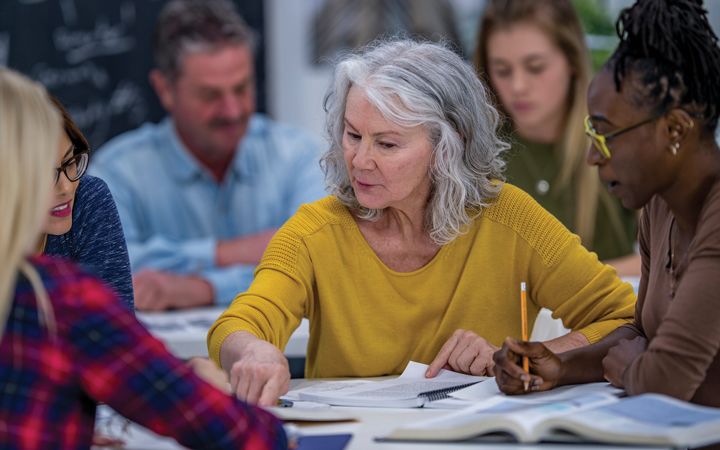Education
Supporting learning across a lifetime.
Improving the quality of educational programs
With over 30 years of program and policy work, we have built a portfolio of evidence-based solutions that can be applied to new challenges as the educational landscape continues to evolve.

Early child care
We deliver a multidimensional, capacity-building approach to support states, territories, and tribes as they expand access and supply of high-quality child care for all including low-income families and infant and toddler services.

K-12 education
Our evidence-based, capacity-building K-12 experts assist education agencies at the federal, state, and local levels. We develop communities of practice and provide technical assistance that improves schools and strengthens the effectiveness of teachers and administrators.

Post-secondary and adult education
We offer customized services for programs targeting post-secondary readiness and adult learners. Whether it’s GEAR UP, credential attainment plans, or college completion programs, our focus is on making programs more capable of reaching students and closing threatening gaps in education.
Our services
- Research, surveys and evaluation
- Data collection
- Workforce transformation
- Grants management
- Program implementation
- Capacity building
- Our technical assistance approach blends evidence-based strategies, cutting-edge technology, and ongoing coaching to help clients implement best practices, meet regulatory requirements, and achieve measurable improvements in education outcomes.
- Our tailored services designed to enhance the capacity and quality of early childhood settings, with no RFP required.
- Needs assessment
- Program monitoring, design, evaluations, and implementation
Our work
Our insights
Featured experts
Related industries, solutions, and services